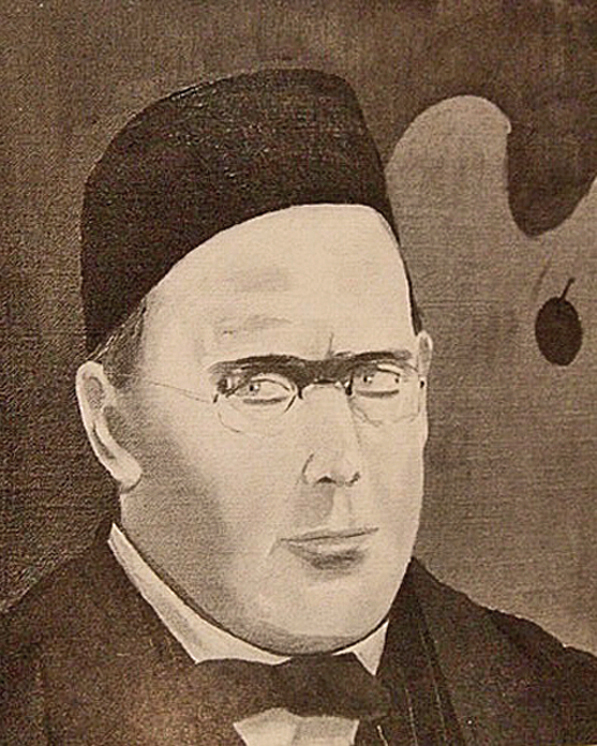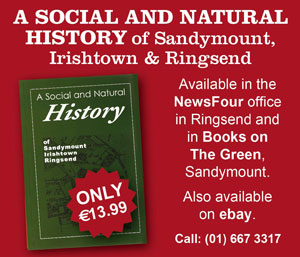
Cecil Ffrench Salkeld as painted by Reginald Gray in 1957.
Despite an enthusiastic community of local historians in Dublin, there are still gaps in the weave of public knowledge.
In previous issues of NewsFour, we have tried to shed some light on neglected aspects of Dublin 4’s past, and now comes the turn of one-time Donnybrook resident Cecil Salkeld.
The son of Henry Lyde Salkeld, a doctor in the Indian Medical Service, and the poet Blánaid Salkeld, Cecil Ffrench Salkeld was born in India and moved to Ireland in 1910 with his mother, following his father’s death.
Blánaid was herself an exotic figure for the Dublin of the times. Born and raised in what is now Bangladesh, she joined the Abbey Players on her return to Ireland. She later took up the pen to write five volumes of poetry, and was the hostess of a literary salon, which luminaries such as Flann O’Brien and Patrick Kavanagh would have attended.
Cecil, for his part, developed a love of painting. He studied at the Metropolitan School of Art from the age of 15 and continued his education in Kassel, Germany. He also came under the influence of the New Objectivity, a social and cultural movement rooted in Weimar Germany, which emphasised practical engagement with the affairs of the world.
This no doubt influenced his career decisions following his return to Dublin in 1925. He established himself as a forerunner of the avant-garde, painting with an intent he characterised in an interview for The Bell magazine as, “the minimum of form with the maximum of associations.” He was also owner of the Gayfield Press, and wrote poetry and essays.
His favourite watering hole was Reddin’s of Donnybrook, where he was known to drink with his friend Flann O’Brien, who would immortalise Salkeld as the character of Cashel in the novel At-Swim Two Birds.
Despite these many briefly addressed accomplishments, he is now probably best known as a footnote in someone else’s biography, as his daughter Beatrice married Brendan Behan in 1955.
By Rúairí Conneely



